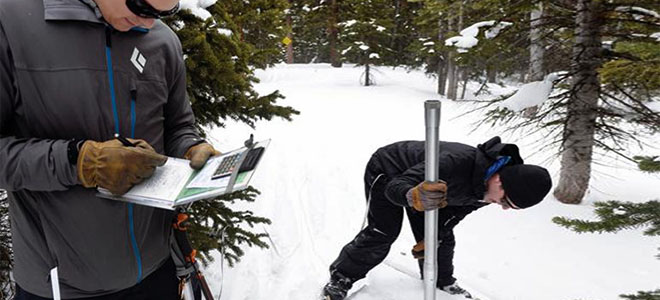by Lisa Dilling
Daily Camera
May 3, 2015
For more than a decade, I’ve been studying how the knowledge we gain through research can be more useful to decision makers. Trained as a biologist but drawn to understanding how people make decisions, I conduct research at the intersection between science and policy. I’ve been particularly interested in how land and water managers are responding to the challenge of climate change.
Our climate is changing, and people around the world are beginning to notice impacts. Birders have remarked how chicks are hatching earlier and earlier in the year, sometimes even missing the peak abundance of their food sources. Residents of the far north observe changes in species patterns, and Arctic coast residents are moving their homes inland to avoid destructive storm surges formerly buffered by pack ice.
For us in Colorado, the changes are not yet as obvious as in the Arctic, but the basic physics of the atmosphere tells us that a warming world will have serious consequences for our snowpack and water supply. In the future, we can expect reduced spring snowpack, earlier snowmelt and runoff, and increased water use by crops, gardens and natural landscapes. To be prepared, we need to think differently about managing our resources in anticipation of a less familiar and more unpredictable climate in the future.
Climate adaptation poses a conundrum to the western decision maker tasked with managing precious resources like water, energy, land, or wildlife habitat. How do we make decisions in a world where our experience of past climate is not necessarily a good guide to the future?
My research suggests that, for starters, we need to understand how to best incorporate the robust science we do have into our decision-making processes. Society’s knowledge of the climate system and its effects on water, ecosystems and other resources has greatly expanded in the past two decades. Our reliance on science and technology is evident in our daily use of smart phones, weather forecasts, real-time medical testing, and the like. However there are real challenges in effectively bringing new scientific developments into management processes, updating legal frameworks and improving the tools by which we make decisions about the environment. We often lack a two-way connection between understanding what science is useful to decision makers and producing relevant research in universities, laboratories and industry. When these connections are made, the resulting science is more “usable,” that is, relevant, timely, trusted and accessible for decision makers on the ground. Read more …


